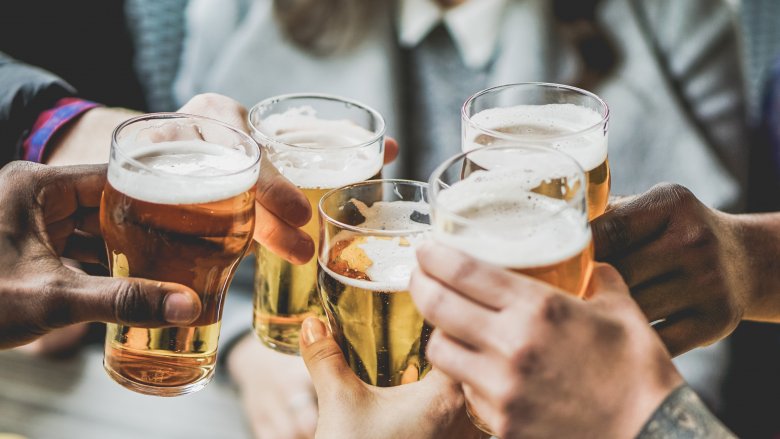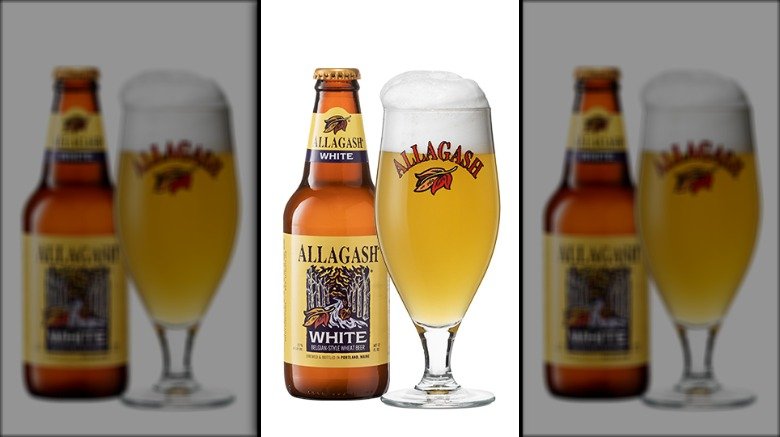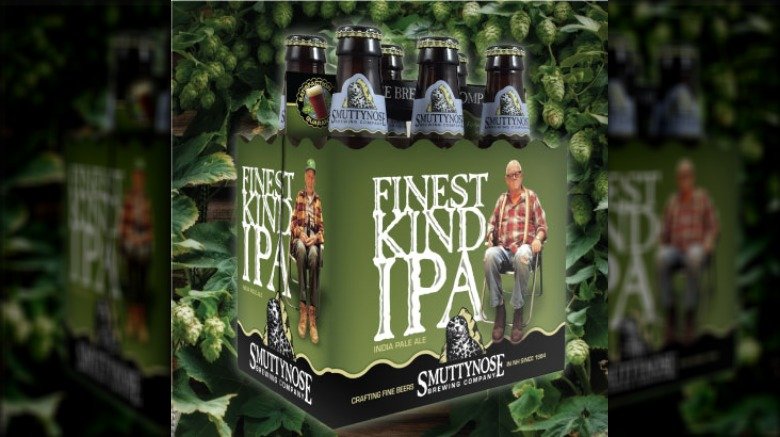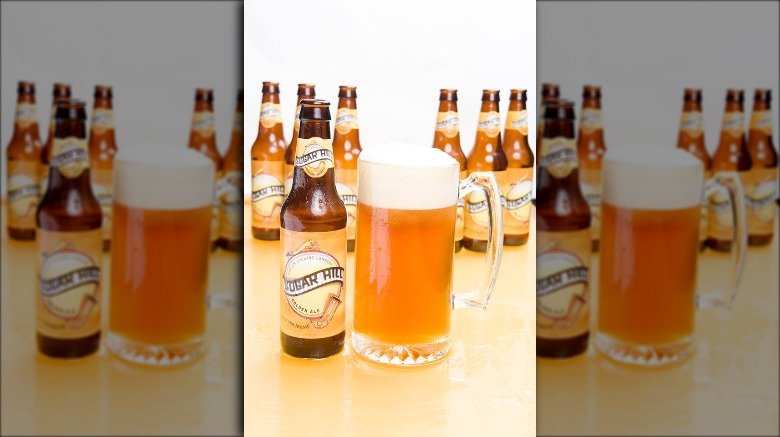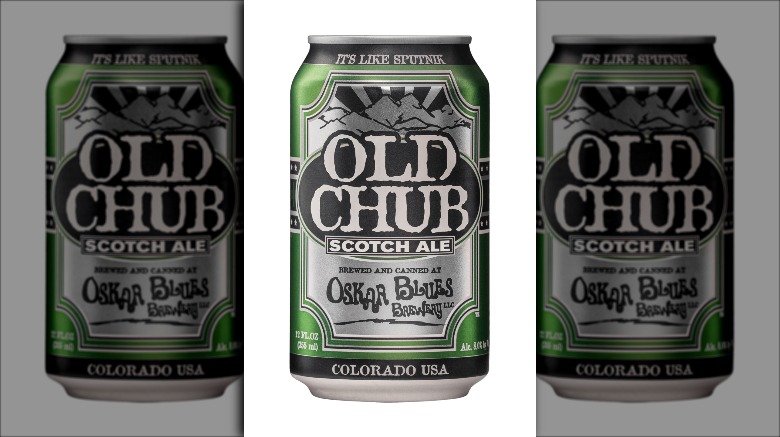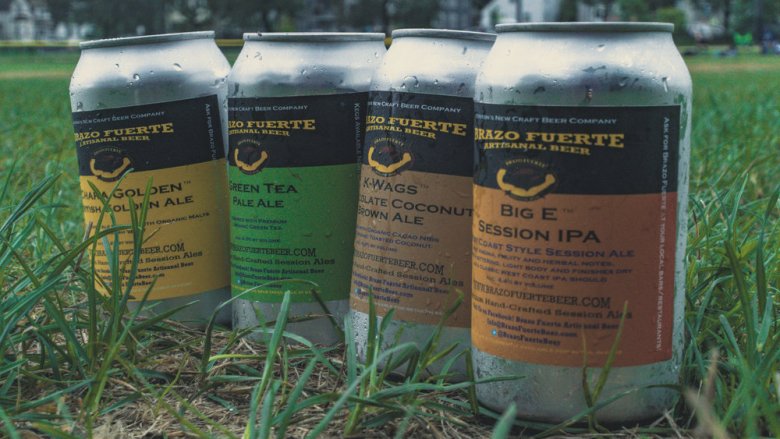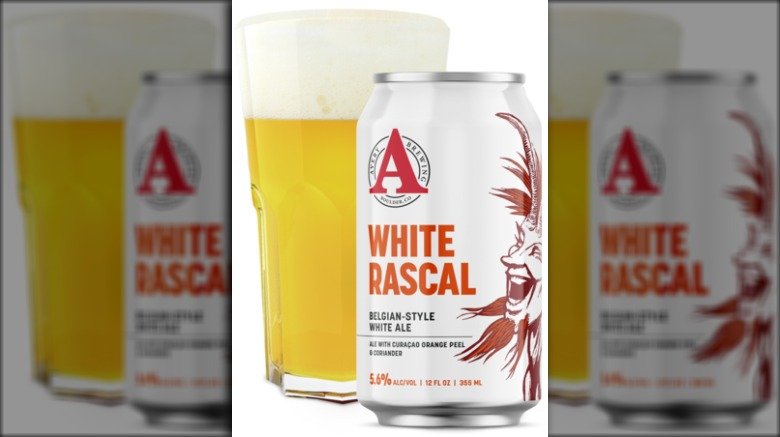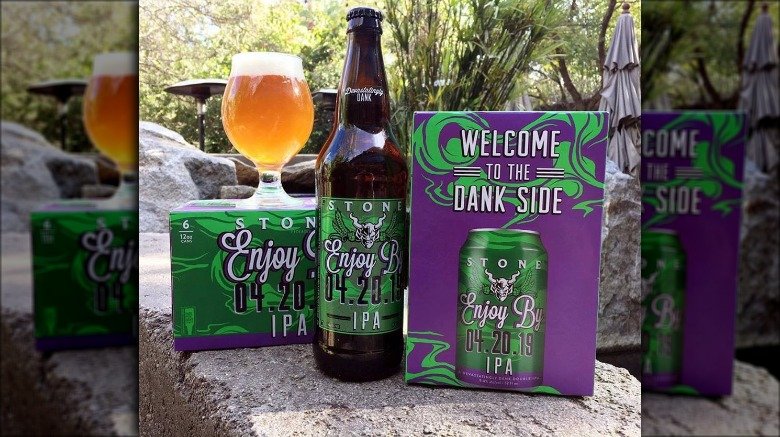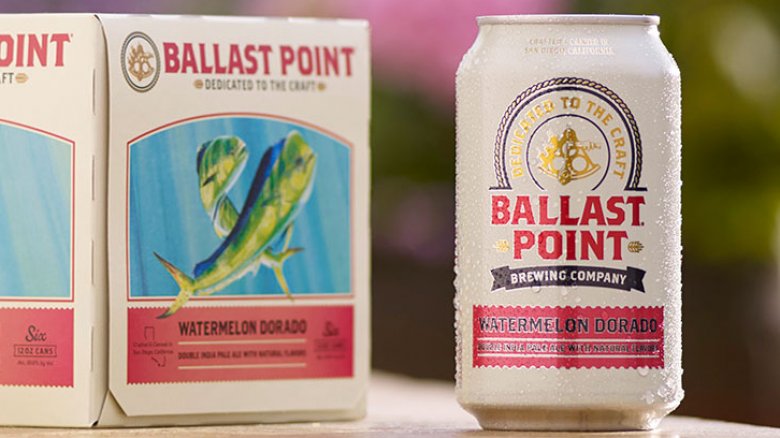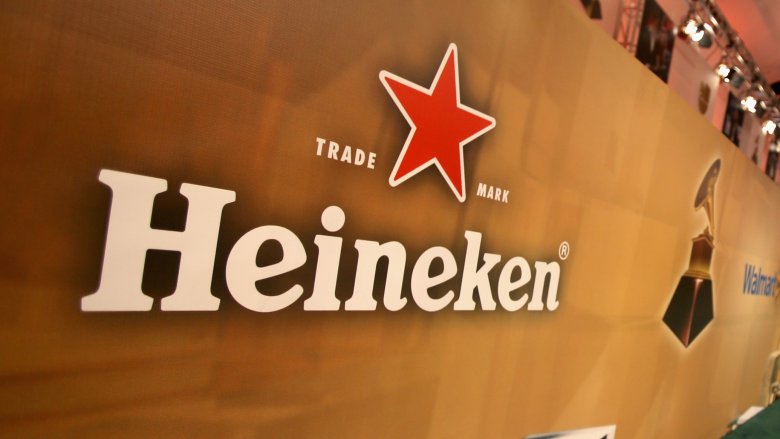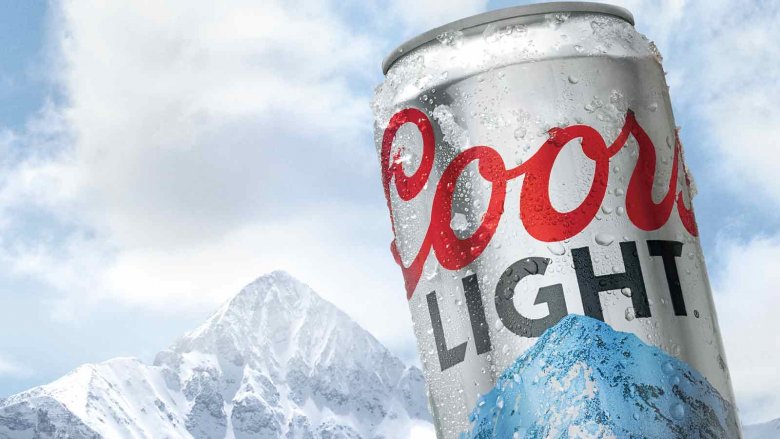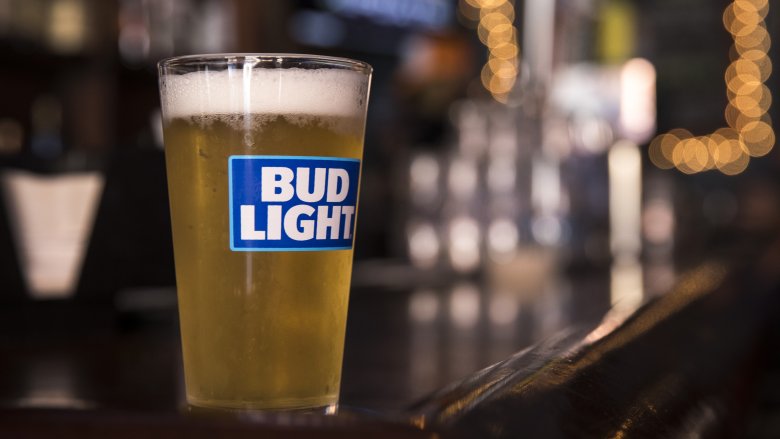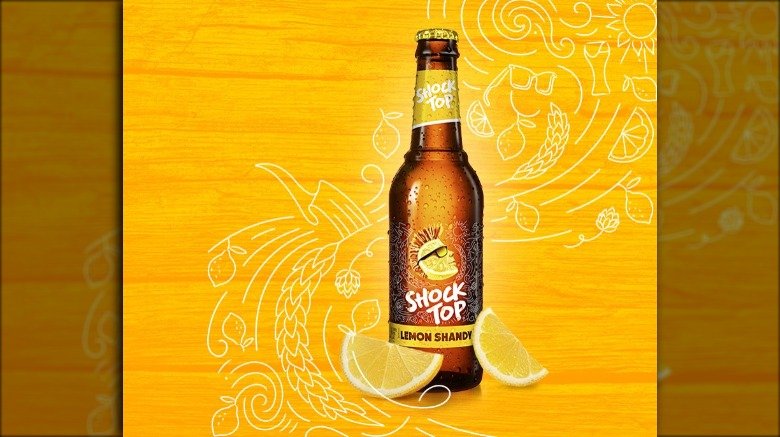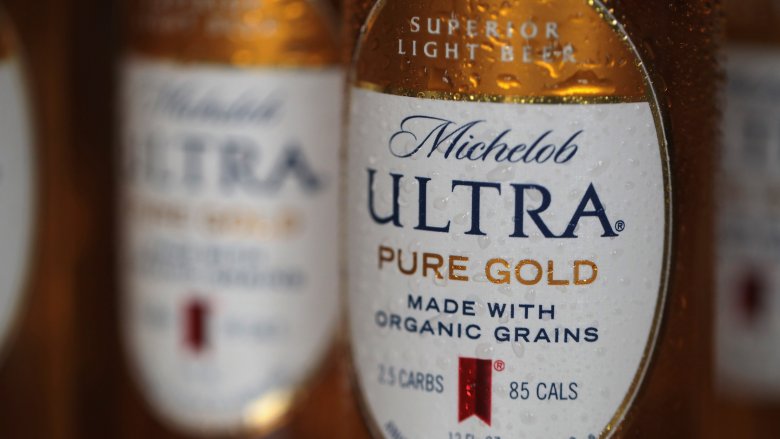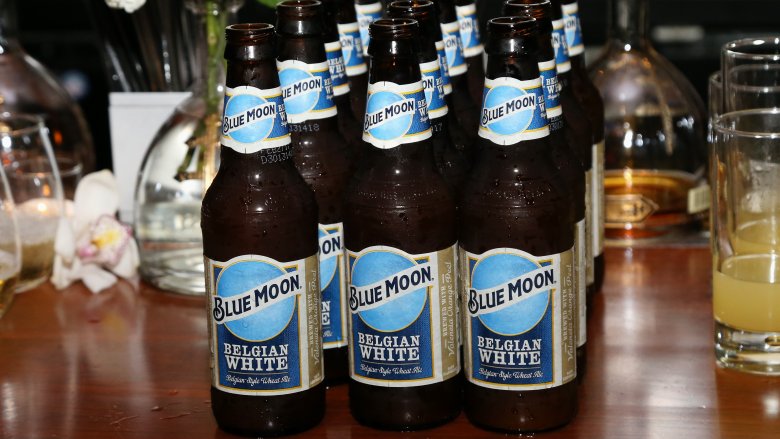7 Beers You Should Be Drinking And 7 You Shouldn't
There are more than 7,000 beer breweries in the United States, so chances are that when you head to your local spirits shop or grocery store, you're confronted with an embarrassment of options. But how does one choose which six-pack is most worthy of their precious fridge space? It's not easy.
It's not too surprising that there are so many varieties to choose from. We have evidence that humans have enjoyed beer since about 3400 B.C., and the first written instructions for making beer were recorded by the Sumerians in 1800 B.C. That's a lot of time to try a lot of different recipes.
That doesn't mean that we've perfected the art form of creating the perfect brew, though. Just as important as knowing which beers to try is knowing which you shouldn't buy. This guide can help you learn more about beer and discover new lagers and ales you'll love, from classic IPAs to green-tea infused brews. It will also spare you from those disappointing moments when your first sip brings a frown instead of a smile, or (even worse) a look of derision from your liquor store clerk.
Drink: Allagash White Ale
If you want to start exploring craft beer but aren't sure where to start, Allagash White Ale is a good bet. When the Maine-based Allagash first came out with their white ale, it was one of the few Belgian-style cloudy ales being brewed in the states. Now, Allagash serves as the perfect stepping stone for those who like beers like Blue Moon and Shock Top, but who want to start exploring the wider world of white ales.
Allagash White has been ranked as one of the best American wheat ales in the country, and it's easy to see why. The beer is a little cloudy, a little malty; it has notes of mouth-puckering citrus and Curaçao orange peel, but never tastes too sour; and it has a warm spice profile thanks to the addition of coriander. IPA lovers might also be surprised that this beer has a bolder hop profile than is traditional for the style, the bitterness helping to balance out the sweet citrus and malt notes, and the fact that it can appeal to both IPA lovers and those who prefer less hoppy beers is just one of its many merits.
Drink: Smuttynose Finestkind IPA
Smuttynose Finestkind IPA is a classic New England-style IPA that primarily uses Simcoe, Santiams, and Amarillo hops for a balance of citrus and bitter flavors that make this style of beer so distinct. Finestkind is unfiltered and hazy, which is also classic for east coast IPAs. The body of the beer is refreshing and light, which helps to keep the intense hoppy bitterness from overwhelming the other tastes and aromas in the glass.
That being said, this beer definitely doesn't skimp on those bold hop flavors. It was British Extra Special Bitter Ale that started it all for the brand back in 1994 with its extra hoppy taste, but fans wanted more. These days, you can get exactly what you asked for — really hoppy beer — in the form of Finestkind.; Finestkind is brewed by Smuttynose Brewing Company in New Hampshire.
Drink: Harlem Brewing Company Sugar Hill Golden Ale
Sugar Hill Golden Ale, named after a neighborhood in New York made famous by musicians during the Harlem Renaissance, is the flagship brew of the Harlem Brewing Company. When brewer and company owner Celeste Beatty first moved to Harlem, she became involved in community gardening, and that's when she fell in love with growing hops. When she combined her newfound interest with an existing passion for cooking with beer and wine, Harlem Brewing Company (HBC) was born — the first African-American owned brewery in the country.
With a background in cooking, it makes sense that Beatty was able to craft a well-balanced, rich golden ale. Sugar Hill has pronounced malt aromas and flavors, and a slight bitter spiciness and notes of citrus thanks to the Willamette, Tettnang, and Cascade hops used in brewing. It's medium bodied and has an ABV of 5.4 percent (slightly below average for craft beer), which makes it a delightful session ale (meaning you can have more than one without worrying about becoming too intoxicated).
Drink: Oskar Blues Old Chub
Even if you don't end up liking it, Oskar Blues Old Chub is worth trying at least once just to get an idea of what a bold and brassy Scotch Ale should taste like. Made in Colorado by Oskar Blues, Old Chub was iconically one of the first craft brews to be sold exclusively in cans, which started off a trend so big that now you can even buy wine in a can instead of a bottle.
This beer is not for the faint of heart. It's aggressively malted, brewed with malted barley and grains, as well as beechwood-smoked malt. This gives it a robust, smoky sweetness. In fact, this ale is quite a bit sweeter than you might expect, necessary to help balance out the bitterness and alcohol heat you get from a beer with 8 percent ABV.
If you like stouts, porters, and barleywines, Old Chub is definitely worth exploring. But even if you're more curious than thirsty, tasting Old Chub compared to something like Allagash White can give you a good idea of just how much variety there is to explore between different styles of beer.
Drink: Brazo Fuerte Brewing Green Tea Pale Ale
If you find yourself bored by the traditional pale ales lining store shelves, it may be time to reach for something a little more unique. Brazo Fuerte Brewing, based in Massachusetts, specializes in bold session beers that have nuanced flavors but that don't overwhelm the palate with a high ABV.
Beverly Armstrong, the company founder, was a rugby player who wanted to be able to enjoy a beer after a game without having to suffer the negative after effects of imbibing. She created Brazo Fuerte ("strong arm" in Spanish) to fulfill her need, working to become a certified cicerone and the owner of the first black woman-owned brewery in Massachusetts.
One notable example of her style? The Green Tea Pale Ale. It's a slightly hazy East Coast-style pale ale with a mild hoppiness that brings out the more resinous, grassy flavors of the green tea. There's some malty sweetness to counteract those bitter flavors, resulting in a thirst-quenching brew that would be welcome on the sidelines at any sun-drenched summer rugby game.
Drink: Avery Brewing White Rascal
Another white ale that's high on our list is Avery Brewing's White Rascal. It's an unfiltered, Belgian-style wheat ale, a little more citrusy than Allagash White, and with a subtle but compelling blend of coriander and curaçao (dried sweet and bitter orange peels). This crisp brew pairs well with a lot of foods, from a cheese and charcuterie platter to a plate of Pad Thai.
White Rascal comes from Avery Brewing Co in Colorado. The company began in 1993, proved it was ahead of the curve when it introduced the first packaged IPA in Colorado (Avery IPA) in 1996, and has continued churning out both classic and unconventional beers (like their Ginger Sour) since.
Intrigued? Even if you can't find White Rascal (sold in cans and bottles) at your favorite local spirits store, you're in luck — Avery provides a scaled-down homebrew recipe on their website for those who'd like to try their hand at beer making.
Drink: Stone Brewing Enjoy By IPA
There are IPAs, and then there's Stone Brewing's Enjoy By IPA. The brewery has released several iterations of their Enjoy By, but what stands the same among all of them is that, unlike other beers that are meant to age, Enjoy By is best enjoyed when it's as fresh as possible. These hop-forward beers, when drunk as close to the time they were bottled as possible, carry robust floral, citrusy, and pine flavors that haven't been overwhelmed by the bitterness, acidity, and residual sweetness of the beer yet. The fresh hop flavor stands up quite well to a higher alcohol content, too — for example, their 4/19/2019 version (a Double IPA) clocked in at 9.4 percent ABV, the 10 different hops used throughout the brewing process giving the drink a tropical, peachy flavor and aroma.
Each bottle is emblazoned with a label that says "Enjoy By" in large letters, followed by the date before which your beer should be drunk. So far, the brand has experimented with releases in the series that include their Tangerine IPA (one of our favorites), a Chocolate & Coffee IPA, an Unfiltered IPA, and a Brut IPA. Enjoy By isn't always available, but when you see it on the shelves of your local store, we recommending snatching it up.
Don't Drink: Ballast Point Fruit Beers
There is such thing as too much of a good thing, and while Ballast Point's Sculpin IPA is a reliable classic, the brand itself has suffered since being bought by Constellation Brands in 2015. That's unfortunate for the new owners, who purchased Ballast Point for a whopping $1 billion.
One of the problems is that, instead of sticking to their roots as an innovative IPA-maker and shifting to more East Coast-IPAs like a lot of their competitors, the brewery hopped on the fruit beer trend, damaging their reputation among beer-lovers in the process. That's because, frankly, a lot of their fruit beers aren't any good (the Watermelon Dorado and Mango Even Keel come to mind).
Another big downside to buying from Ballast Point is that their product is just more expensive than their competitors, even though the beer doesn't always live up to its price tag. Save your pennies this time around — you're better off leaving this one on the shelf.
Don't Drink: Heineken
Heineken is imported and comes in a green glass bottle, which makes it stand out from its macro-brewery brethren. But make no mistake. Though it's the number 2 most popular imported beer in the country, Heineken isn't worth the fridge space.
The main issue? It doesn't taste good. Because Heineken is imported, it has to travel long distances. Unfortunately, its signature green glass bottle doesn't protect the liquid inside from damaging sunlight, leading it to develop a second, much more unfortunate signature: a skunky, musty flavor. With so much great beer available these days (there are more than 7,000 breweries in the U.S. alone), why bother drinking something just because it's imported if it doesn't taste good?
Even Heineken seems to realize it doesn't fit in with the modern beer scene — in 2013 CEO Jean-Francois Van Boxmeer himself said "You cannot compete with Heineken or any other brand against the craft beer phenomenon." Their biggest announcement of late has been the release of a zero-alcohol beer with 69 calories, not exactly a direct competition with anything you'd find in the craft beer market.
Don't Drink: Coors Light
Online reviews are easy to make fun of, but the truth is that most of us put a lot of stake in what we read. In fact, one study showed that 84 percent of survey respondents said that they trusted online reviews as much as they would trust a friend's recommendation. So, that begs the question — why would anyone drink Coors Light, an abysmal beer that has a rating of 2.04 out of 5 from more than 5,000 reviews on Beer Advocate and an even worse 0 out of 5 rating from over 2,000 reviews on Rate Beer?
That's not the only reason to avoid this humdrum lager. It's made with corn syrup, which caused a bit of controversy during the 2019 Super Bowl, and it just doesn't taste great. Coors Light may have been the second best selling beer in the country in 2018, but that doesn't mean you have to buy it.
Don't Drink: Bud Light
Bud Light is the most popular beer in America, and we're not denying that there's a time and place to crack one open. It's a fine beach beer (a little sand won't ruin a beer of this quality), and it's certainly thirst-quenching on sweaty summer nights at the bar.
But Bud Light's popularity is dropping, and that's probably because it's one of the more boring beers out there. It's not alone, though — the entire "premium light beer" category peaked in 2007 and 2008, and these days consumers are moving away from mass-produced American beers and toward imports, craft beer, wine, and spirits.
There's just not a lot to keep people coming back to this old standby. It has an "Awful" score of 1.86 out of 5 from over 6,000 ratings on Beer Advocate, and it's made with a bland blend of barley and rice that results in a watery, flavorless brew. There isn't much case for keeping this one in your fridge.
Don't Drink: Shock Top Flavored Beers
Shock Top reminds us of Blue Moon in a lot of ways. It's a relatively benign, middle-of-the-road mass-produced wheat beer masquerading as a specialty product (Shock Top is actually owned by Anheuser-Busch InBev), not quite terrible but also not great. You'll also often get both brews served with an orange wedge, a garnish that's honestly tastier than the beer itself.
However decent the original Shock Top may be, the same cannot be said of their flavored offerings. We're not at against all fruit beers, but they need to be done right (Allagash Brewing's Pick Your Own mixed-berry lambic is a real treat and well-reviewed). Shock Top misses their footing here.
The Raspberry Wheat beer is made with "wild raspberry flavor" that just doesn't taste a lot like a fresh raspberry, throwing the entire flavor profile of the beer off. The Lemon Shandy is similarly disappointing, both a bit too sweet and a bit too sour. Their Ruby Fresh is a grapefruit flavored beer that doesn't successfully pair the sweet-tart taste of grapefruit with the yeasty flavor of a wheat beer — it ends up tasting too funky.
If you're really craving a Shock Top that involves fruit, stick to a glass of the original flavor with a juice slice of orange slipped onto the rim.
Don't Drink: Michelob Ultra
Michelob Ultra falls under the umbrella of American-style light lagers, and unfortunately it shares a lot in common with its brethren. It's a watery, pale brew that focuses on its low calorie and carb content over its flavor. Even the brand's own website mentions that it's a light beer with 2.6 carbs and 95 calories before it says anything about the taste or how it's made. The keywords they do use to describe the beer are "crisp" and "clean", and that's not exactly wrong — it's just that Michelob Ultra is a beer so light that it has actually ceased to taste anything like beer. The 1.14 out of 5 rating on Rate Beer(with an overall score of 0) says it all.
If you really want a beer, but don't want to go overboard on the calories, try a craft-made session ale. They have a lower ABV than traditional craft beers which usually means less sugar (and less calories), but you won't have to sacrifice on flavor — DayTime IPA from Lagunitas, clocking in at 98 calories, is a good bet.
Don't Drink: Blue Moon
If you started drinking Blue Moon as a nice alternative to the ubiquitous Bud Light, you're not alone. It turns out a lot of people use Blue Moon as a gateway into the world of better beer. And while Blue Moon itself isn't bad per se, it's also not one of the most interesting beers on the market.
Blue Moon may have been a groundbreaking beer in 1995 when it was first introduced, but these days there are much better options on the market. Blue Moon is a Belgian-style wheat ale, and with options like Allagash White (or the more affordable Avery White Rascal) readily available, you're better off trying one of these higher-quality representatives of the style. You'll still get the refreshing, light, characteristic wheat ale texture and flavor you like in Blue Moon, but brews from these relatively small companies tend to have more nuance and character.
Blue Moon has also come under fire in the beer community for misleading consumers about whether or not it is, in fact, a craft beer. Though owned by MillerCoors, the company has marketed itself as craft and even won a lawsuit saying it was okay to present its beer as a craft brew. The Brewers Associate doesn't agree, which has caused some bad blood in the industry, and we'd rather not have our beer caught up in all this drama.
